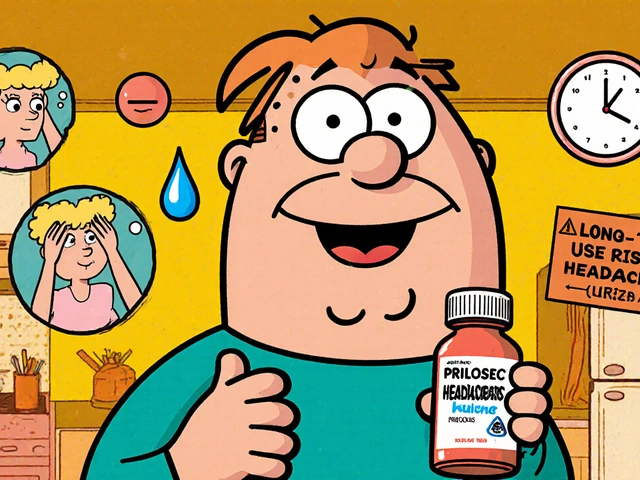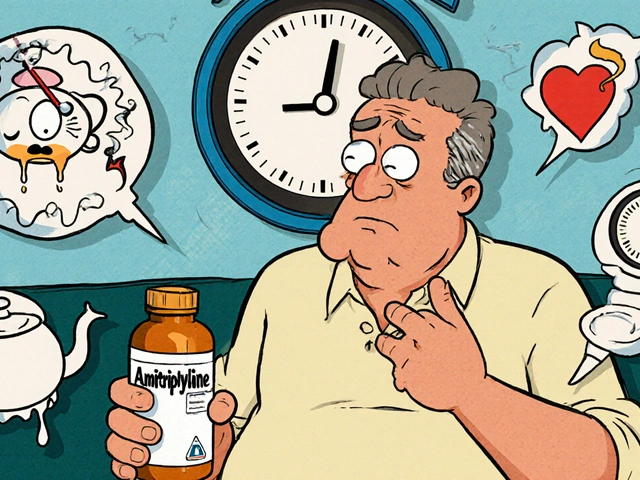Statins: What You Need to Know
If you’ve been told your doctor wants you on a statin, you’re probably wondering what that actually means. Statins are medicines that lower LDL (the "bad") cholesterol by blocking a liver enzyme that makes cholesterol. Lower LDL helps keep arteries clear and reduces the risk of heart attacks or strokes. Common names you’ll see include atorvastatin, simvastatin, rosuvastatin, and pravastatin.
Most people start a statin after lifestyle changes haven’t moved their numbers enough. The dose your doctor picks depends on how high your cholesterol is and any other health issues you have. You usually take the pill once a day, often at night because your liver makes most of its cholesterol while you sleep.
How to Take Statins Safely
The first rule is consistency – try to take it at the same time every day so your body gets used to the rhythm. If you miss a dose, just take it as soon as you remember unless it’s almost time for the next one; then skip the missed one and continue with the regular schedule.
Watch out for drug interactions. Some antibiotics, antifungals, and especially grapefruit juice can boost statin levels in your blood and raise the chance of muscle pain or more serious side effects. If you’re on other prescriptions, ask your pharmacist whether they mix well with a statin.
Muscle aches are the most talked‑about side effect. A mild soreness is common at first but should fade. If the pain feels sharp, you notice dark urine, or you feel unusually weak, call your doctor right away – those could be signs of a rare condition called rhabdomyolysis.
Food & Drink That Play Well With Statins
The diet side of statin therapy is bigger than many think. Eating fiber‑rich foods like oats, beans, apples, and carrots helps further lower LDL. Plant sterols found in fortified spreads also give a little extra push.
Avoid large amounts of grapefruit or grapefruit juice because the fruit can raise the amount of medication in your bloodstream. A small glass once in a while is usually fine, but make it a habit and you could end up with higher side‑effect risk.
Alcohol isn’t banned, but heavy drinking can stress the liver where statins do their work. Keep it moderate – that means up to one drink a day for women and two for men.
If you’re looking for a quick cheat sheet on what to eat, think of the “statin‑friendly” plate: half veggies, a quarter lean protein (fish, chicken, beans), and a quarter whole grains. This pattern keeps cholesterol low while giving your body the nutrients it needs to handle the medication.
Remember, statins are just one piece of the puzzle. Pairing them with regular exercise, weight control, and quitting smoking makes the heart‑health benefits even stronger. If you stay on top of these habits, you’ll get the most out of your prescription without unnecessary hassle.

How Much Grapefruit Is Safe on Cholesterol Medication? Portion Sizes, Timing, and Alternatives Explained
Ever wonder how much grapefruit you can actually eat if you're on cholesterol-lowering medications? This article lays out the facts about grapefruit portions, how timing can affect your statin dose, and the best alternative fruits if you love citrus. Find expert tips, evidence-based advice, and strategies you can trust if your doctor told you to watch your grapefruit intake. If you're worried about mixing grapefruit with atorvastatin or similar drugs, read on for answers that go beyond the label.





